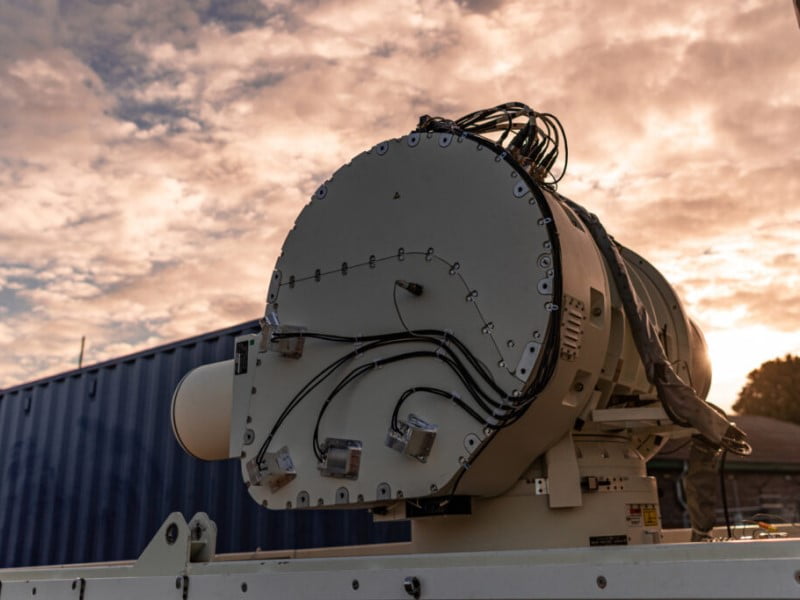A high energy laser manufacturing capability will be developed in South Australia in a collaboration between United Kingdom-based QinetiQ and the Defence Science and Technology Group.
The Department of Defence announced a $12.9 million contract for the co-development and manufacture of a “high energy defensive laser system prototype” on Monday.
The contract, which began in October 2022, will run for two years. It was awarded on a limited tender basis “due to an absence of competition for technical reasons”, and has initially created six jobs.
A QinetiQ spokesperson did not provide further technical detail about the project, saying it would be “inappropriate for [QinetiQ] to comment on the Defence operational aspects of the program”.
While high energy laser weapons are still in the research and development stage, they may be used to take out drones, missiles, and mortar fire.
QinetiQ is part of the Dragonfire consortium that develops high energy laser weapons for the UK Ministry of Defence, which was first revealed in 2017 and had its first successful test fire in November 2022.

The company was spun out of the UK Ministry of Defence in July 2001, became a public private partnership in 2002 with investment from United States-based private equity firm the Carlyle Group, and eventually listed on the London Stock Exchange in 2006.
DSTG’s engineering facilities at Fishermans Bend in Melbourne have been operated by QinetiQ since 2010. The Royal Australian Navy’s Mine Warfare Maintenance Facility has also been run by QinetiQ since 2017.
Chief defence scientist Professor Tanya Monro said the collaboration is an example of DSTG’s role in supporting the transition of science and technology into Defence capability.
“DSTG is partnering with industry to build advanced and competitive Australian sovereign capabilities for our Defence Force in critical technology areas,” Professor Monro said.
“The high energy laser manufacturing capability is an example of how we can work with industry to support emerging and disruptive technologies.”
QinetiQ Australia Sector managing director for engineering services Simon Fredericks is pleased to be continuing collaboration with DSTG.
“We are incredibly proud of the long-standing and deep partnership between QinetiQ Australia and DSTG,” Mr Fredericks said.
“By leveraging QinetiQ’s high-power laser technology and test and evaluation expertise in collaboration with DSTG’s scientific innovation, we will deliver enhanced sovereign capability to the ADF.”
In November 2022, Professor Monro and the UK’s then-chief scientific adviser to the Ministry of Defence Professor, Dame McLean, committed to deepening bilateral defence research collaboration.
At the time, Professor Monro said during her tenure as chief defence scientist that the approach to international research collaboration had shifted from “predominantly a bottom-up, strong, trusted scientist-to-scientist partnership to being one where our nation’s top priorities are being fused together”.
The second pillar of the AUKUS agreement will seek to increase research collaboration and technology transfers of critical technologies including quantum, cyber, artificial intelligence, undersea, hypersonics and electronic warfare.
To enhance Australia’s defence research capability, the Albanese government has committed to establishing an Advanced Strategic Research Agency based on the US Advanced Research Projects Agency (DARPA). However, ASRA was not funded in the October 2022-23 federal Budget.
Do you know more? Contact James Riley via Email.

